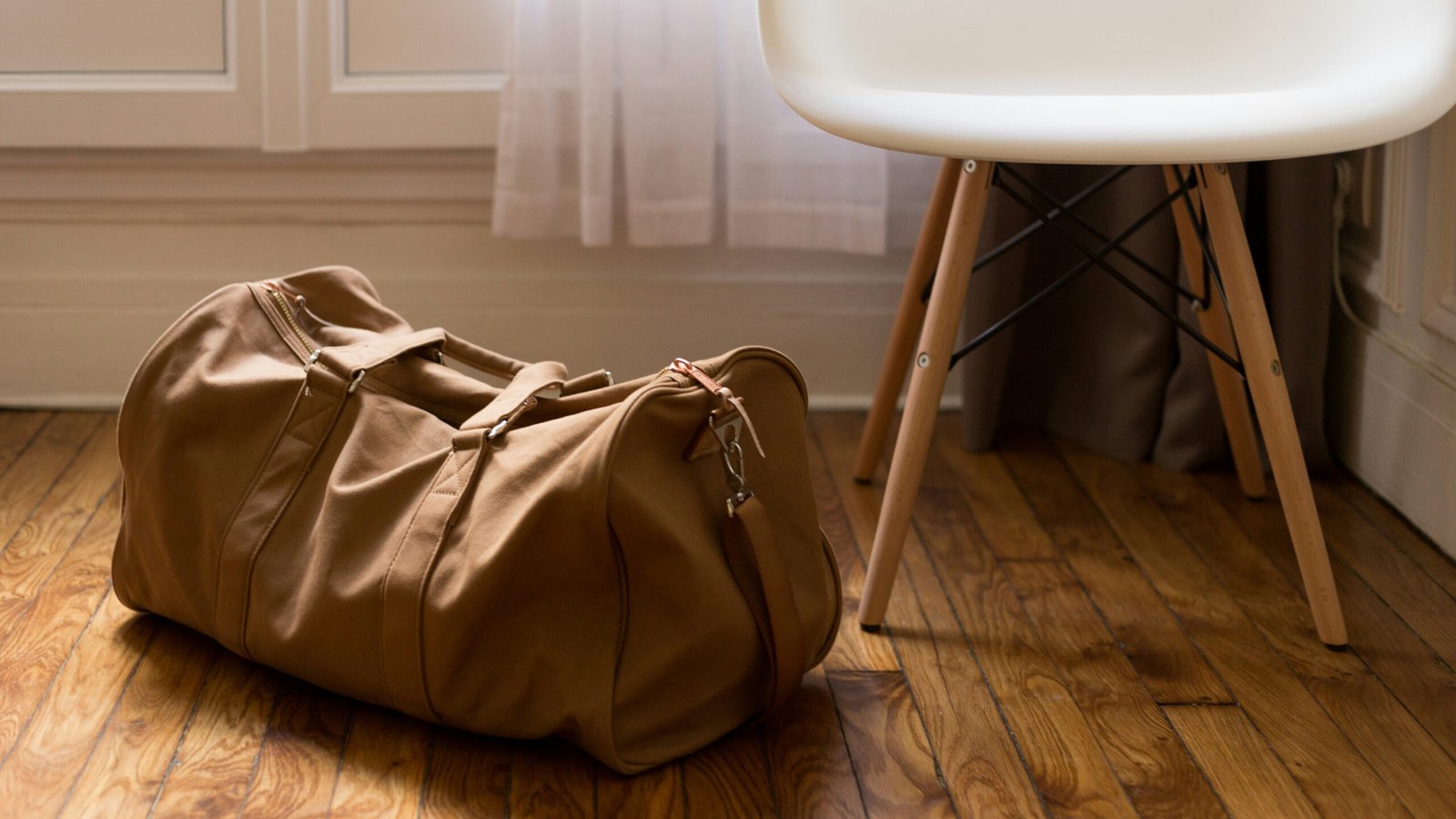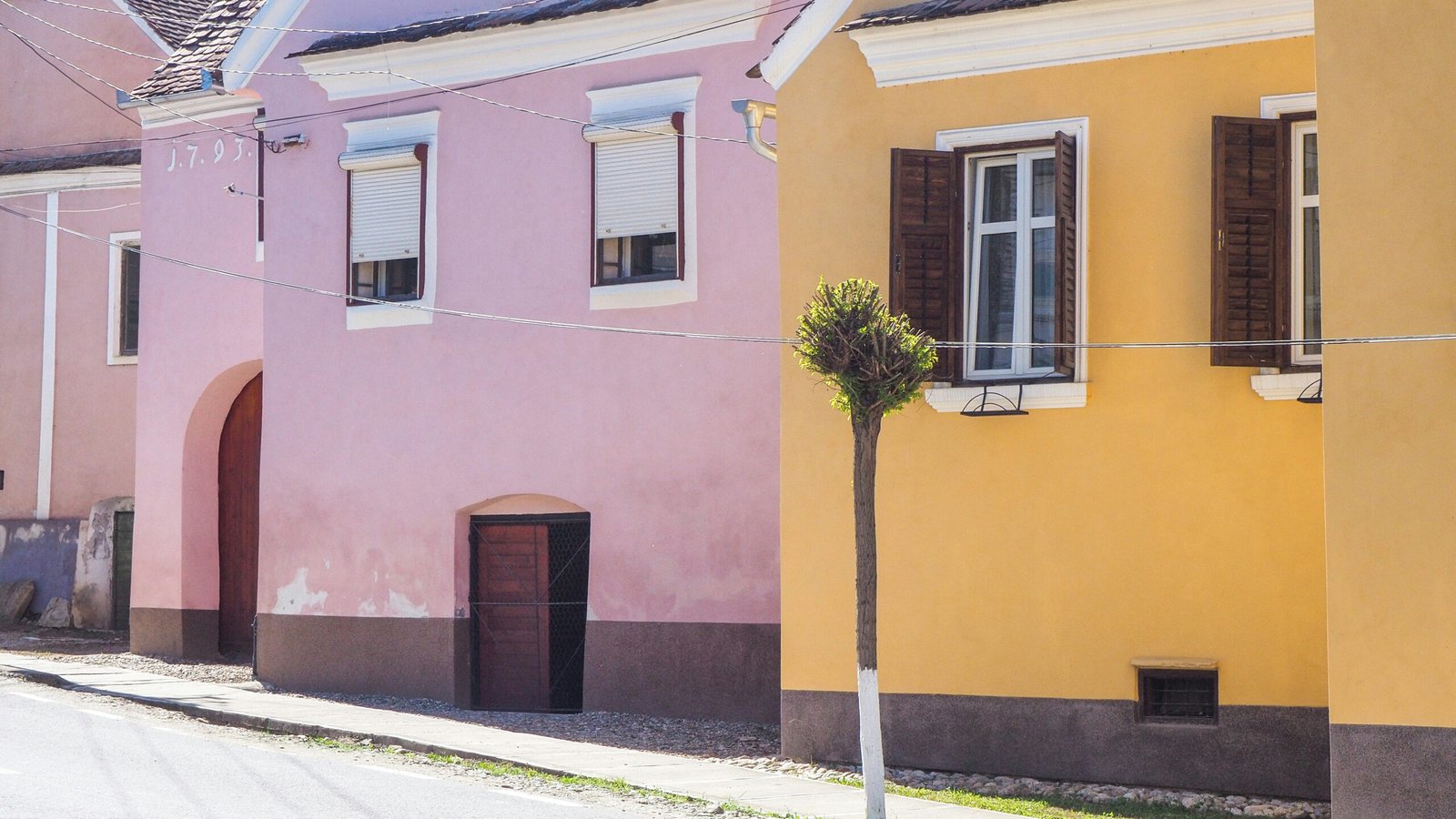
Why You Don’t Need a Car in Romania
Romania is one of the few European countries where car-free travel can feel more rewarding than driving.
Trains run through forested mountains and open farmland, buses carry you into villages you’d never find on your own, and locals are generous with rides and directions.
For travelers on a budget, or those not comfortable navigating unfamiliar roads, this is good news.
It is easy to travel around Romania if you know how to piece together the country’s extensive and often underestimated public transport network.
Whether you’re visiting castles in Transylvania, monasteries in Bucovina, or beach towns along the Black Sea, you can do it all without renting a car. And in many cases, you’ll experience more by moving at the same pace locals do.

How Romania’s Train Network Works
Romania’s rail system, operated primarily by Căile Ferate Române (CFR), is one of the most affordable ways to travel long distances.
The system connects nearly every major city and regional capital, with scenic routes crossing mountains, farmland, and river valleys.
The national hub is Gara de Nord Bucharest, the city’s main station and the departure point for nearly all long-haul trains. From here, routes fan out to cities like Iași, Cluj-Napoca, Brașov, Timișoara, and Constanța.
While some parts of the network show their age, and delays are not uncommon, the slow pace often comes with unmatched scenery.
Expect to pass fields of sunflowers, rolling hills, sheep pastures, and even the occasional haystack drying in a field.
Train Types, Speeds, and Routes
Romania has multiple classes of trains.
Regio (R) trains are the most basic, often stopping in nearly every village. They’re ideal for very short distances but are not recommended for cross-country travel.
InterRegio (IR) trains are faster, more comfortable, and the best way to travel between cities. Some also have first-class compartments or air conditioning.
For longer routes, such as Bucharest to Cluj, these are worth the few extra RON.
The key here is to remember that IR is faster and R is often slower because it will stop much more often. Remember this when booking trains online or when at a station, where you will see IR or R before a series of numbers.
A handful of private rail companies also operate, including Astra Trans Carpatic and Transferoviar Călători.
These are often more punctual and modern than state-run trains and can be booked through their own websites or at major stations.

Buying Train Tickets Romania-Wide
You can buy train tickets in Romania either in person or online.
At the station, counters usually have English-speaking staff, especially in large cities.
For online bookings, the official CFR website (cfrcalatori.ro) works reliably and has an English version.
Buying in advance is smart for long journeys or holiday periods. While Regio trains don’t require reservations, InterRegio trains do. You’ll receive a reserved seat number, which will be printed on your ticket.
Last-minute tickets are available, but might not guarantee a seat meaning you may be standing, or can book up quickly on more popular routes.
Ticket prices are low by European standards.
For example, a one-way IR ticket from Bucharest to Brașov costs around 60 RON (approximately €12 or $13), and you can often get discounts for round trips or group travel.

Understanding Bus and Minibus Travel
While trains cover a lot of ground, they don’t go everywhere.
That’s where buses and minibuses step in.
These services, operated by hundreds of private companies, link cities, towns, and villages across the country.
If you’re trying to reach a small village, a national park trailhead, or a local market not served by train, you’ll likely use a bus.
Many run from informal stations, local “autogări,” or roadside stops.
Schedules may not always be posted, but regular locals often know the routine.
Finding Bus Schedules and Routes
The best online source for bus schedules is Autogari.ro, which aggregates departure times, route information, and even shows whether the bus has air conditioning.
Not every operator is listed there, so in some regions you’ll need to check with a local tourism office or ask your host.
In rural areas, minibuses are common.
They may run only a few times per day, so it’s wise to plan your travel early in the morning. Some drivers are flexible and will drop passengers close to home if asked politely.
How and Where to Buy Bus Tickets
Bus tickets are usually bought directly from the driver or at a nearby kiosk, especially in smaller cities.
Bring cash, especially in rural areas, as card payment is rarely available.
This is slowly improving, but in general, it is a good idea to keep a bit of cash with you when traveling outside of the main cities, as it can come in handy for more than just transportation.
Fares are low, often under 30 RON (about €6 or $7), and short distances like Brașov to Râșnov might cost even less.
For longer intercity buses—like Cluj to Satu Mare—you may be able to prebook online or at a ticket window.
Rideshare and Taxi Options
Ridesharing has become more common in Romanian cities, especially through apps like Bolt and Uber.
These are usually cheaper and more transparent than traditional taxis and are widely used by locals.
In towns without these services, taxis are still easy to find.
Most stations have a nearby taxi stand or near the central plaza (piața) or shopping area, and you can usually flag one down on the street
Bolt, Uber, and Other Apps
Bolt is the most commonly used app in Romania, working reliably in Bucharest, Cluj, Iași, Brașov, and other large cities.
Uber is available in fewer cities but operates in a similar way.
To use these apps, download them in advance and connect a payment method.
While internet access is required, most major cities offer mobile data plans for tourists or have widespread Wi-Fi.
These services are especially helpful when arriving in a new place late or traveling to an accommodation that’s not near a station or bus stop.
Using Local Taxis
In smaller towns, traditional taxis are still common.
Most use meters, but it’s worth confirming the rate before getting in.
In rural areas, drivers may quote a flat fare so be prepared to negotiate or ask locals what the standard price is.
If you’re unsure, your guesthouse or hotel can usually arrange a reliable taxi or private driver. Many accommodations even know local drivers by name.

Navigating Cities Without a Car
In cities, public transport is widespread.
Bucharest has Romania’s only metro system, while cities like Iași, Timișoara, Cluj, and Oradea offer buses, trams, or trolleybuses.
These are cheap, frequent, and used by locals every day.
Bucharest Metro and STB Network
The Bucharest Metro is fast, efficient, and clean.
Trains run from about 5 a.m. to 11 p.m., and most trips take 15–25 minutes.
There are five lines that serve nearly every part of the city, including the main train station and airport (via a train link).
Buses and trams in Bucharest are run by STB.
You’ll need a reloadable card (available at metro stations or kiosks), which works across all local transport. A single metro ride costs about 3 RON (under €1 or $1), making it an affordable option for exploring.

Transit in Other Cities
In cities like Sibiu, Cluj, or Brașov, buses and trolleybuses are reliable and cover most residential and tourist areas.
Tickets are usually valid for a set time, often 60 minutes, and can be purchased at kiosks or via SMS.
Don’t expect every driver or ticket inspector to speak English. It helps to know a few terms like “valabil” (valid) or “abonament” (pass).
Still, the systems are user-friendly once you get the hang of them.

Planning Regional Itineraries
Traveling without a car doesn’t limit where you can go. It just means you need to plan ahead.
Romania rewards those who move a little slower and allow for unexpected pauses.
Many popular destinations are linked by train, with local buses or rideshares filling in the rest.
For example, you can travel from Bucharest to Brașov by train, take a bus to Bran, and return the same day, all without a car.
Combining Trains and Buses
Some of the best travel days in Romania involve switching between transport types.
You might train to Mediaș, then catch a short ride to Biertan.
Or take a bus from Suceava to Gura Humorului, then a local minibus to the painted monasteries.
It may take a little more effort, but this kind of travel brings you into closer contact with local life and lets you move like the locals do.
Exploring the Countryside
If your goal is to explore rural areas, especially in regions like Maramureș, Bucovina, or southern Oltenia, you may need to rely on a mix of buses, rideshares, and help from locals.
This is where Romania’s hospitality shines.
Many pensions and guesthouses offer transfers or help you arrange local taxis.
Hosts often go out of their way to make sure you’re not stranded.
Practical Tips for a Smooth Trip
Keep your plans flexible.
Trains may be delayed, and buses might not run exactly on time. But part of the charm of getting around Romania is learning to flow with its pace.
Essential Apps and Tools
Before your trip, download these:
- CFR Călători – for trains
- Autogari.ro – for buses
- Bolt and Uber – for rideshares
- Google Translate – for signs and conversation
- Google Maps – reliable in most cities and towns
Cultural Etiquette and Advice
If you ask for help, Romanians are usually glad to offer directions or suggestions.
Use polite greetings, like “Bună ziua” (hello) or “Mulțumesc” (thank you), and be patient when things don’t move quickly.
You’ll likely get a smile, and sometimes even a story about where they think you should go next.

Final Thoughts
Getting around Romania without a car takes a bit more planning, but it gives you a slower, deeper look into the country’s rhythms.
You’re not just passing through, you’re participating in the daily patterns of real life.
From crowded train compartments filled with laughter, to a bus winding past hayfields, to a stranger offering a lift up the hill, Romania reveals itself most fully to those willing to travel at its natural pace.
And often, that starts at the station, not behind the wheel.









Leave a Reply